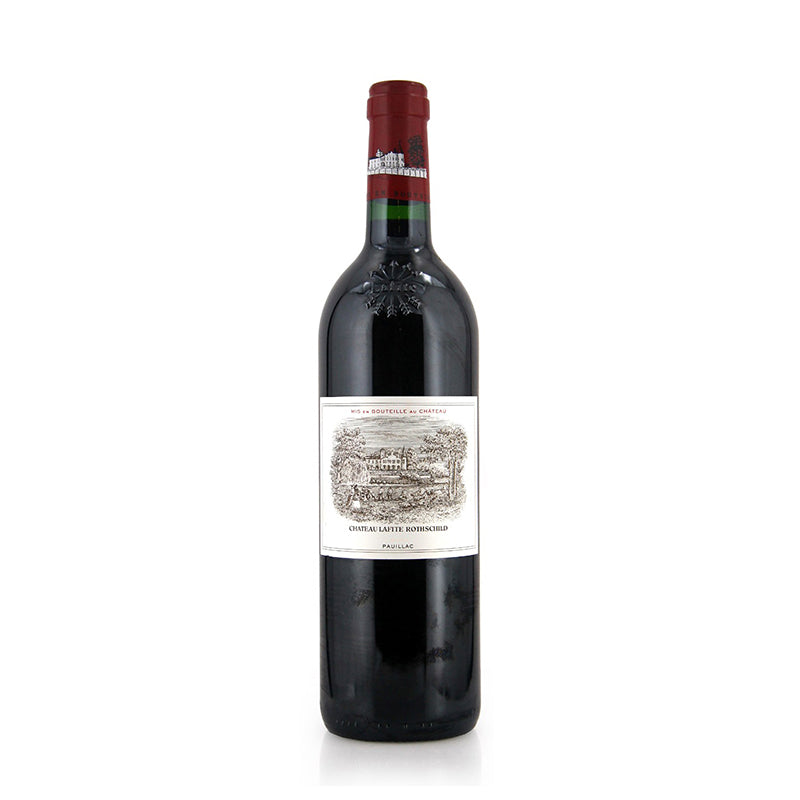Chateau Lafite Rothschild Pauillac 1970 750ml (Ex-Chateau)
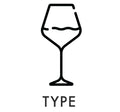



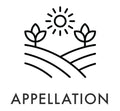

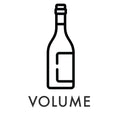

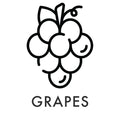

The 1970 Château Lafite Rothschild shows classic Lafite notes of cedar, lead pencil, and dried red fruits. While it has high acidity, which can be a bit sharp, it evolves with time, revealing a lighter, more refined style. After some air, it develops a more appealing profile, showcasing Lafite’s signature elegance. Although not as intense as some other vintages, it offers a unique expression of the estate's terroir.
The Wine Advocate | RP 85
Published: Jun 30, 1996
A moderately good showing for this wine, Lafite's 1970 has consistently left me disappointed. The wine is beginning to reveal some of the classic Lafite nose of cedar, lead pencil, dried red and black fruits, and spice. The wine's bouquet would merit an outstanding rating if it were slightly more intense. On the palate, the annoyingly high acidity continues to be problematic, largely because the wine does not possess the flesh, fat, and extract to cover its angular structure. I have had some sour, acidic bottles of the 1970 Lafite, but this offering had better balance than previous examples. This is a wine that has far greater value on the auction block than on the dinner table.
Jancisrobinson.com | JR 17.5
Published: Jul 22, 2010
Drink: 1990-2016
Magnum. This was a strange wine as at the beginning it was rather tart and disappointing. And after 45 minutes or so it was starting to return to that state, but about 20-30 minutes after pouring it was absolutely glorious in typically Lafite lighter, but soaring, register. Mid ruby. A bit rusty. Light and a bit raw. Very light in fact. Lots of acidity. But then it came out and, I suspect, would have been even more impressive had it not been served alongside the powerhouse of Latour 1970.
lafite.com
1970 vintage
The spring of 1970 arrived late but with ideal weather. A very hot July preceded a hot but rainy August. Then September arrived, colder and stormier. The harvest began on October 2nd with a great abundance and high quality throughout the crop. Statistically, this happens about every thirty years.
Location
Pauillac is located on the left bank of the Gironde estuary, approximately 40km North of Bordeaux. With the tempering influence of the estuary and a great diversity of soils originated from both the Massif Central and the Pyrenees, Pauillac boasts exceptional climatic and geological conditions to make outstanding wines.
Terroir
Chateau Lafite Rothschild is located to the north of the appellation, bordering Saint Estèphe. Lafite's best terroirs stretch on the 50ha Plateau des Carruades to the west of the Château. This plateau, which is the highest point of the Pauillac appellation, is well-drained and enjoys optimal sun exposure. Its clayey gravel soils offer excellent water regulating abilities, and provide optimal ripening conditions for the Cabernet Sauvignon.
Winemaking
In order to reveal the magic of Lafite’s terroir, every step of the wine elaboration is carried out with the greatest precision. Depending of their provenance and level of ripeness, grapes will be transferred into either wooden, stainless steel or concrete vats. Alcoholic fermentation is conducted at controlled temperature, with regular pumping over to gently release all the phenolic compounds in the grapes. Each vat is carefully monitored and tasted daily in order to determine the best racking time. The maceration period variesfor each tank but is around 20 days in total.
After malolactic fermentation wines are transferred into French oak barrels. Lafite has its own cooperage in Pauillac, la Tonnellerie des Domaines, which contributes to its unique style. The selection for the grand vin is made in March, once the wines have settled and start revealing their full potential. Every barrel is tasted individually and only the best ones are set aside for the final blend.
Once blended, the wine is aged for a further 20 months in barrels, primarily of new oak.

